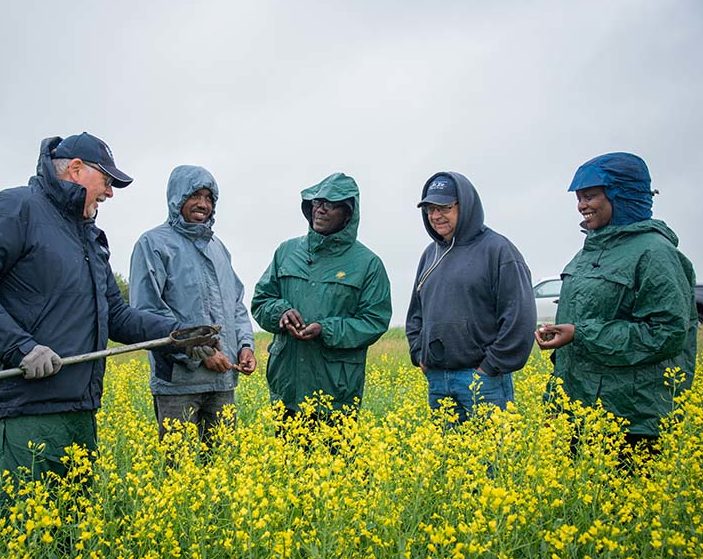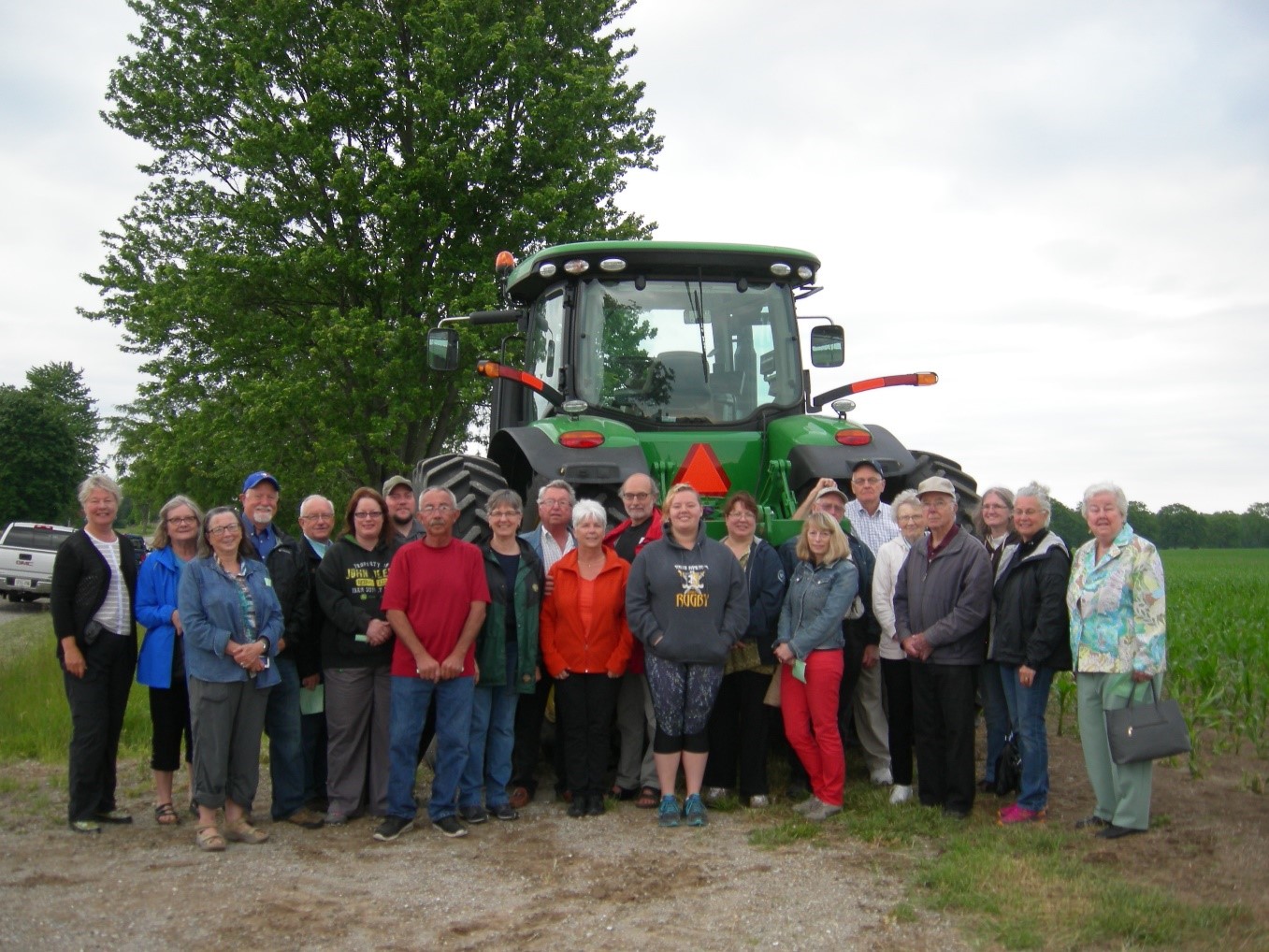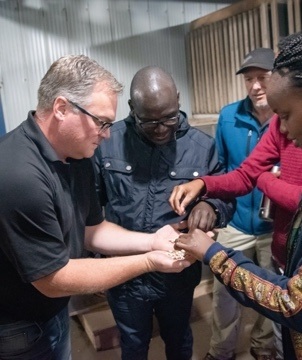Community and Growing Projects

We started by sharing Canada’s harvest with the world. You can continue the tradition.
The origin of Canadian Foodgrains Bank starts in 1974, when Canadian farmers were harvesting a bumper crop at the same time that families in Bangladesh were facing famine. This grassroots initiative to send Canadian grain to people in need was the catalyst for nearly 50 years of humanitarian efforts, and we invite you to join the tradition.
Donate your crops
Our growing projects encourage groups of farmers and farm supporters to plant, tend and harvest a crop, sell it on the Canadian market, and then donate the proceeds toward our work to end world hunger. Canadian farmers have made a remarkable difference for families and communities around the world, and we are extremely grateful for all their contributions.
Because the final harvests are sold and turned into cash donations, almost any crop can be used. We have worked with farmers who grow wheat, canola, corn, barley, soybeans, lentils, flax, forage, silage or pumpkins — just to name a few. No matter what’s in your field, we welcome you to donate the proceeds to the Foodgrains Bank.
Donate your resources
Local businesses can also help by donating inputs such as seed, chemicals and fertilizer, along with services like trucking, insurance or promotion. This helps keep costs down and brings local people together in a united effort to help people facing hunger around the world.
Where are the current growing projects?
We have hundreds of registered growing projects across the country, as shown in the interactive map below. If you don’t see your project here, please contact us so we can add it to the list.

Start your own project
By starting your own growing project, you can help families survive and rebound from crises such as war, cyclones or flooding, or you can dedicate your efforts to long-term solutions like helping small-scale farmers overseas learn better farming techniques.
These self-motivated projects also allow you to run your own organization, which can include any number of traditional roles such as: chairperson, secretary, treasurer and more. Every project has its own structure, so it’s really up to you. Some of the grassroots initiatives we have seen in the past include:
- Regional farm groups
- Organizations in one church or between multiple churches
- Initiatives as small as one-quarter acre or as large as 300 acres
- Collective efforts of entire communities
Resources for supporters
-
Supporter Badge Toolkit & Files
The supporter badge can be used by individuals and groups who are supporting our mission of ending global hunger. Use the badge to help promote your Foodgrains Bank fundraiser, event or growing project. Visit foodgrainsbank.ca/supporting
-
Resource Library
Visit our resource library to order digital and printed material.



